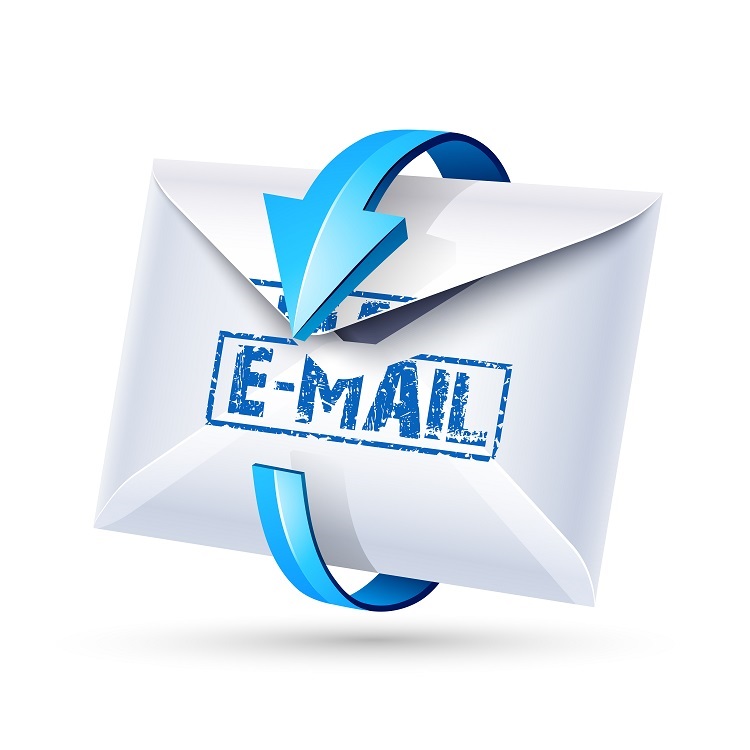
E-Mail Etiquette…
E-mail guidelines are very important in the work place. Every company should have specific e-mail etiquette laid out in their employee handbooks. But, in case your company doesn’t, here are some things everyone should know:
Be aware that an e-mail sent from any organization may be the first impression of your company to the outside world. First impressions are powerful and you want to make sure you are sending the right message to potential clients or customers.
Have a standard format that everyone in your company follows with the setup of their emails.
Include a professional signature block in every e-mail that includes, Company name, your name, title, address & phone number and website address.
Utilize the subject line. Leaving the subject line blank can lead to your e-mail being unopened.
Start a new e-mail for a new topic. Don’t keep a running e-mail going with the same person or persons, if you are discussing a new topic. Keeping topics separate makes it easier to file and keep track of specific e-mails.
Keep e-mail brief. If a longer correspondence is needed try using a another way to deliver the message.
Reread your message before hitting send and make sure there are no typos or spelling errors.
Avoid using unusual and colored font. And no all caps or all lower case. All caps is considered “cyber shouting” and all lower case looks like you are in a hurry and sloppy.
Don’t “reply all” unless “all” need the reply.
Use the BCC function when sending e-mail to multiple people, especially those outside your company. This protects the e-mail address of others.
Always respond to an e-mail that contains an attachment or document. Let the sender know it arrived and you are able to open it. If the message needs a reply that takes some thought let the sender know when they can expect your reply.
Avoid sending jokes and other forwards at work. You and your company can be held liable for inappropriate and damaging content.
Don’t rely on email alone to communicate with people. There are times when picking up the phone or getting up from your desk to speak with someone in person, can be very advantageous. E-mail can sometimes feel emotionless. Speaking directly with someone can your improve communication with them.
Always double check the email address in the “To:” line before sending to assure your message is going to the right person.
Be aware that the time you send an e-mail is noted on your message. Sending business e-mails at 3:00 a.m. doesn’t send a good message. If need be, schedule your messages to go out during usual business hours. And make sure you have a professional e-mail address. Your name and @ whatever your service is, is ideal.